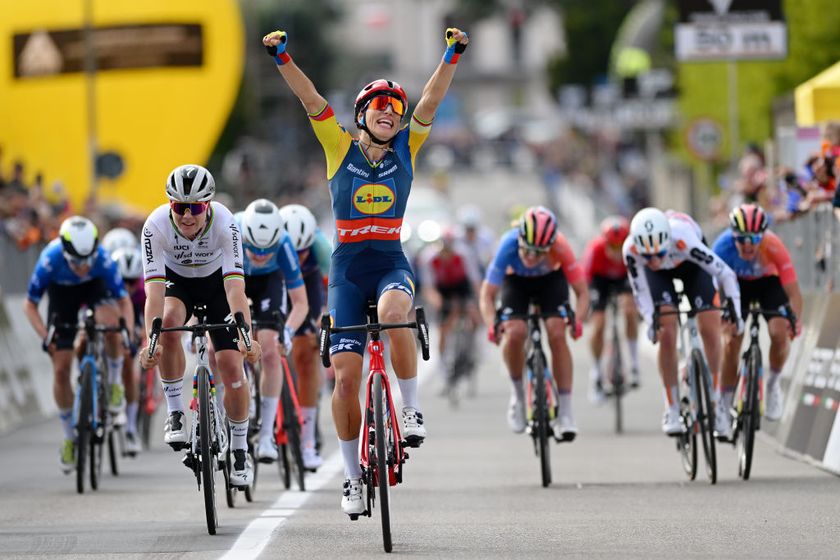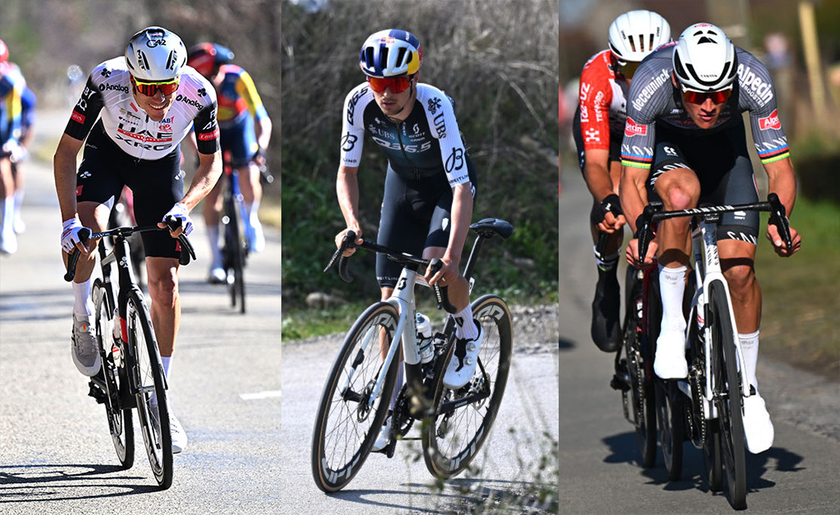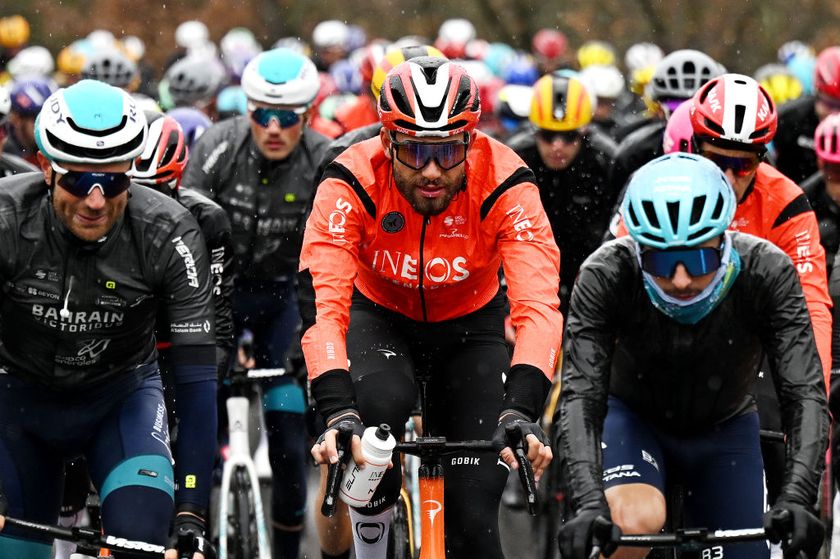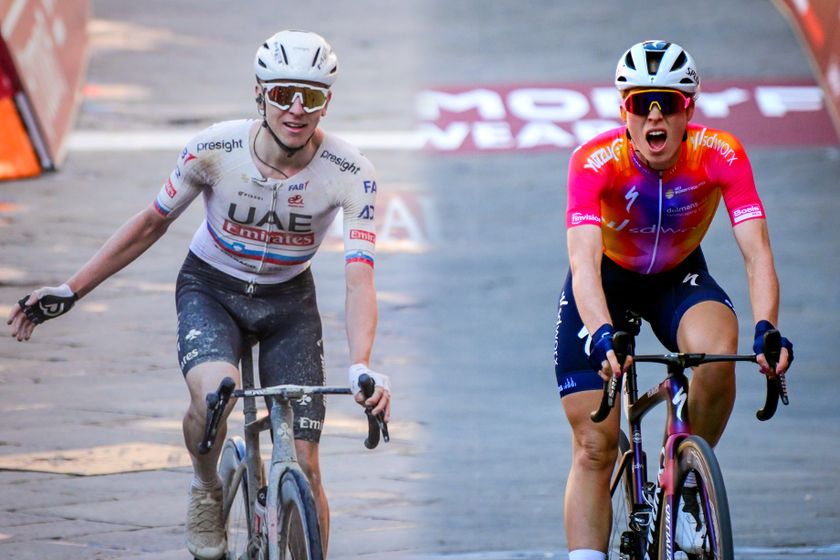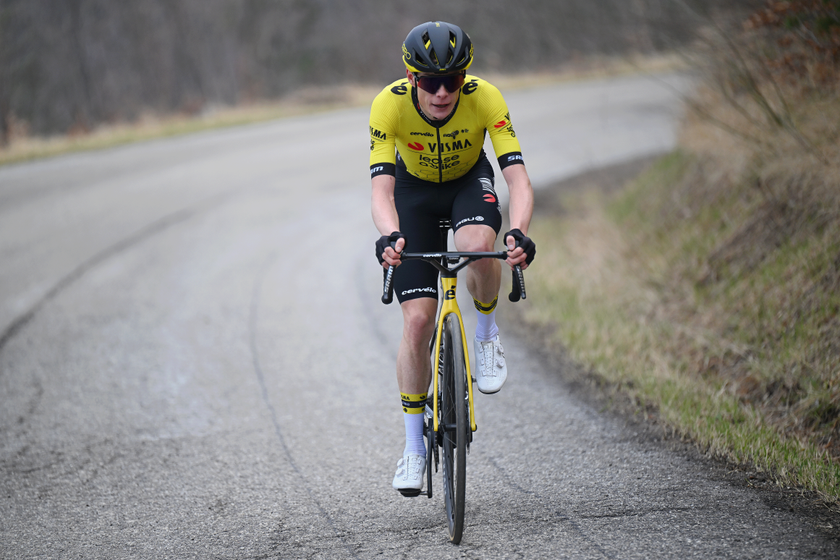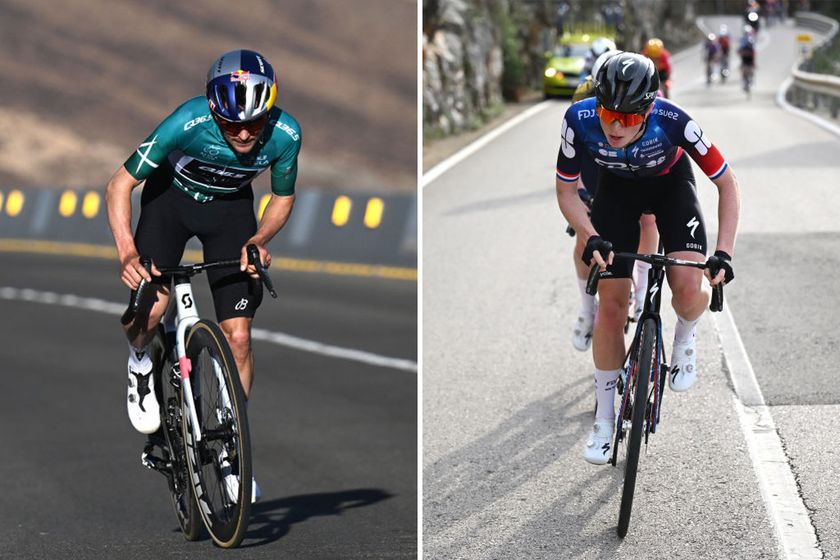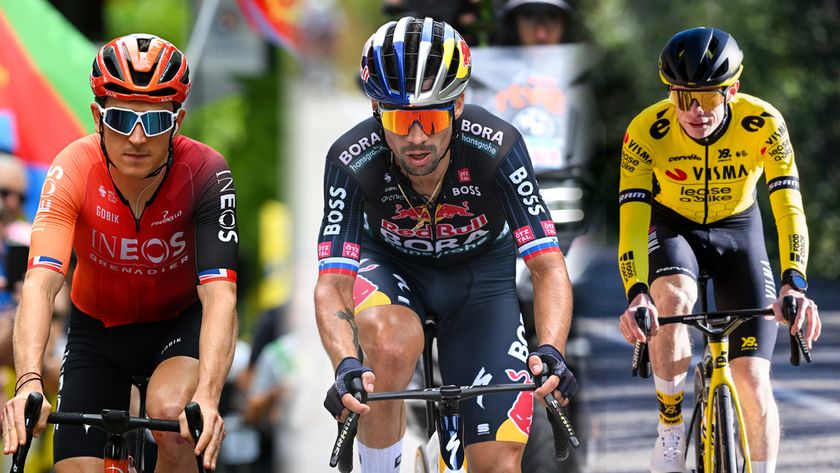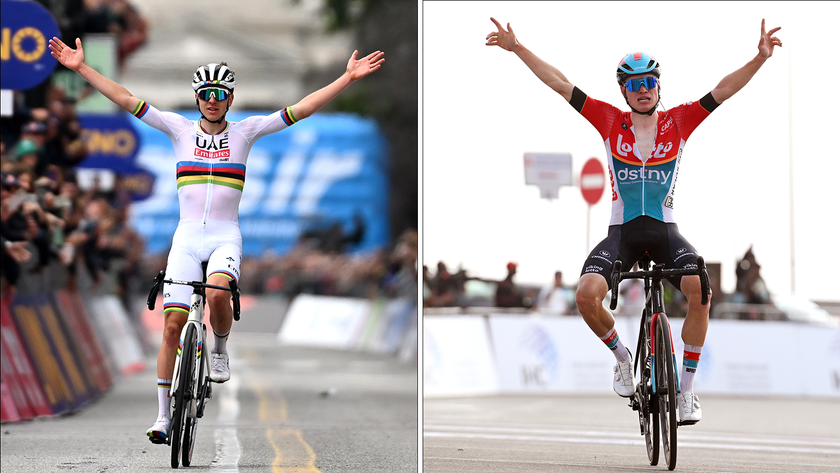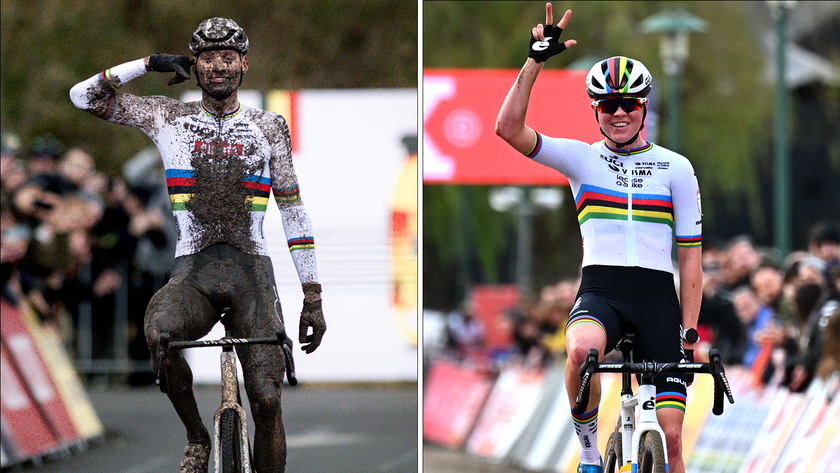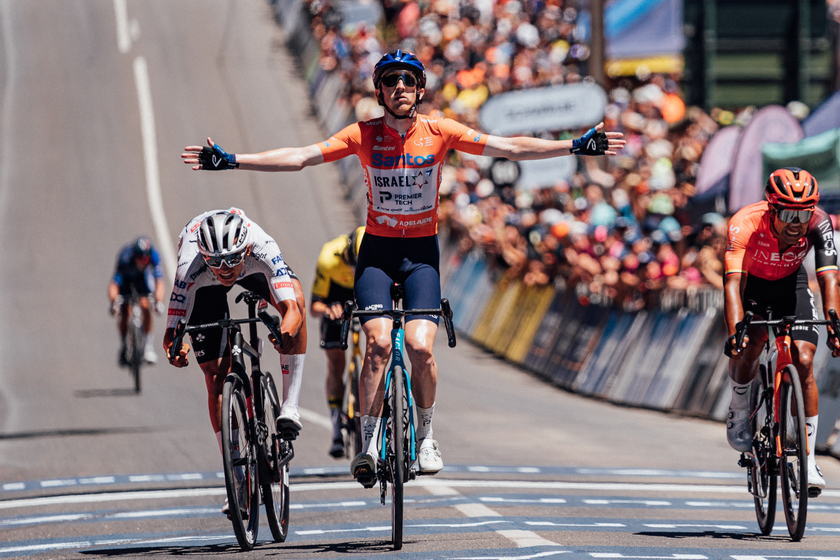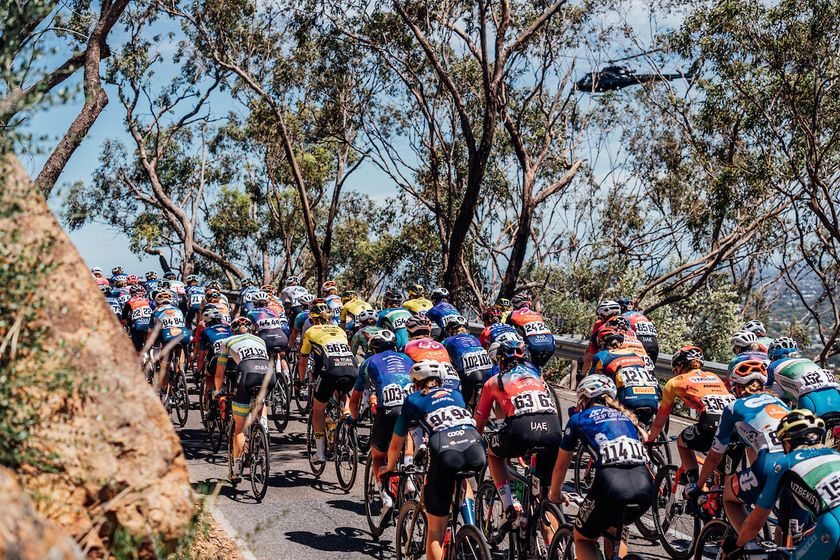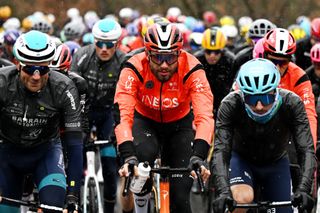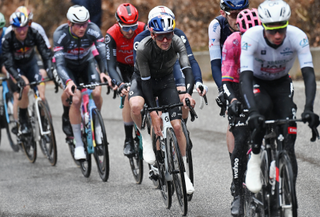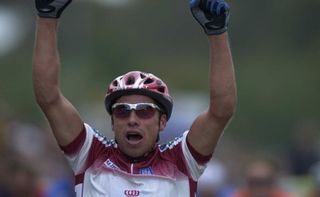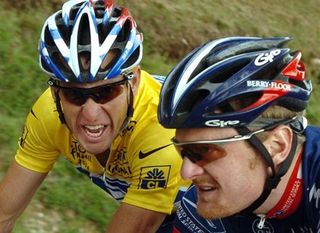Milan-San Remo preview
Plenty of contenders for victory on Via Roma









Milan-San Remo often falls around the spring equinox, when European days become longer than the nights and when spring begins to flower in earnest.
The Italian classic, the first of the so-called five cycling monuments, marks its own important change in the cycling calendar: the end of the early season preparation races and the start of the spring Classics. From next Sunday, every weekend in April will host a big race, with the heavyweight puncheur riders taking aim at the cobbled Classics and then the lighter climbers and stage racers targeting the Ardennes races.
Milan-San Remo is the longest race of the season at 293km but is far from being the hardest. Indeed the lack of major climbs means that many riders think they have a chance and leave the final result balancing on a knife-edge. Sometimes the attacks, especially on the Poggio - the final climb - stay away, but often the sprinters are able to wrestle back control and fight between themselves for victory. Milan-San Remo lasts close to seven hours but is usually decided in seconds. Therein lies its fascination.
Fabian Cancellara describes Milan-San Remo as a lottery. He had the winning ticket in 2008 but has also gone close in recent years, finishing on the podium for the last four years. As Mark Cavendish reminded everyone the other day, when talking of his chances for this year, Milan-San Remo is “the easiest race to finish, but the hardest to win. There's a handful of guys probably with a chance of winning, but more who believe that they have a shot of winning, which is different to any other race.”
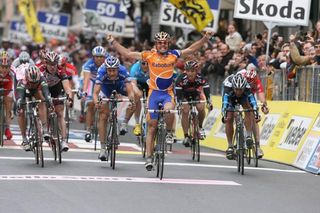
Oscar Freire won the last edition of Milan-San Remo that finished on the Via Roma.
This year’s Milan-San Remo will be the 106th edition. The race route has evolved over the years, with the insertion of the Poggio in 1962 and the Cipressa in 1982 to counterbalance the growing dominance of the sprinters. Organiser RCS Sport have added other climbs in recent years but now seem to have accepted that Milan-San Remo should remain largely as it.
The finish is now also back on Via Roma, in the centre of San Remo, instead of on the seafront. The slightly rising shopping street came to fame in the sixties and seventies when Eddy Merckx dominated the race and won seven times in ten years. Its return has pleased the purists and the sprinters, many of whom grew up watching the race finish there. However, the return of Via Roma also means the race is a kilometre shorter, with less time for the peloton to chase any attackers who go away on the Poggio. It can only mean the finish will be even more thrilling.
Watch the video below for Cyclingnews’ top 10 riders to watch at Milan-San Remo and to subscribe to the Cyclingnews video channel, click here.
The route
Milan-San Remo begins in the centre of Milan, with riders up at dawn to finish their carbo-loading before traveling to the start for the 9:50am roll out. The race will finish at 5pm if the riders cover the 293km at an average of 43km/h.
Corso Sempione and the Arco della Pace have replaced the white marble Duomo and the brick Castello as back drops for the start of the race. However the quiet, nervous atmosphere and the neutralised ride out of town remain the same as ever. The official start is after 8.5km in Via della Chiesa Rossa, south of the city, making for a total of 301.5km in the saddle.
The road south quickly hits the Lombardy plain, with the fight to get in the break of the day beginning immediately. It usually takes a few attacks for the right combination to form, with the wild card teams looking to get in on the action, with the plan to stay away as long as possible. For the favourites it is about saving energy and staying on the wheels as much as possible as the road heads towards the Turchino.
The Passo dello Turchino divides the Ligurian coast from the Lombardy plain geographically and often meteorically. The road climbs gradually for 35km but causes little selection and only slight fatigue. However it is important to be near the front for the twisting descent to the coast after emerging from the dark tunnel at the summit. The riders can smell the sea and see it for the first time as they reach half distance.
Now the route follows the coastal Aurelia road virtually all the way to San Remo. The tension and the fatigue rise gradually as the kilometres tick down inevitably. The Capi coastal climbs begin after 240km, after Alassio, with the Capo Mele, the Capo Cervo and the tougher Capo Berta all following the edge of the Mediterranean. The break of the day usually falls apart under fatigue here with the peloton sweeping up the riders down on the rolling roads.
The narrow streets of Imperia mark the true start of the finale of Milan-San Remo. The big teams fight for positioning near the front ready for the Cipressa. It is 5.6km with an average gradient of 4.1 per cent as it climbs through the olive groves. Someone, or even a small group, will try an attack here but they are either brave, foolish or just looking to make a splash, knowing they have little chance of final victory.
Their problem is the nine kilometres along the long straight and flat coastal road to the foot of the Poggio. There is often a headwind, and the strong team in the peloton will commit riders to making the chase.
The Poggio comes with just 9.7km to go and the tension and speed is sky high. There is a virtual sprint to the ramp that takes the riders off to the right and onto the 3.7km climb, with some riders needing to touch their brakes at the first tight corner.
The road then heads east followed by three more hairpins. The early attacks, the softening up moves, usually go here. The real contenders let them go as they wait for the serious attacks on the steeper 8 per cent section on the ridge of the hill. Once the many photographers' motorbikes helped whoever jumped first to get a gap on the peloton but now the number of motorbikes is limited, making it much harder to go away. Tactics and rider combinations also decide if a break has a chance, if not riders reach the summit and the sharp left turn virtually together. A gap of ten seconds can be enough to make it to the finish, just four seconds means it is virtually impossible.
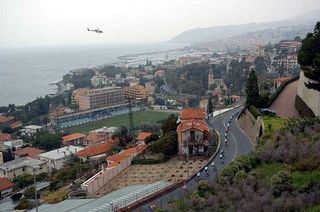
Crashes often occur on the descent as the riders take huge risks on the hairpins through the huge glass greenhouses, where the famous San Reo flowers grow. But riders quickly hit the main road once again. The flat road is a chance for a last attack, or to move up in the group ready for the sprint. A teammate can be vital in bringing back a lone attacker or dropping a sprinter into the sweet spot for the finish.
The left and right turns line out the peloton and signal the final kilometre. The entrance to Via Roma comes after the tacky San Remo fountain. The riders pass it on the right and can sense the street narrow as they enter Via Roma. The road rises and so it is vital to judge the sprint perfectly. The sprinters usually hug the left side of the road before jumping down the middle or on the right. Go too early, with tired legs after 300km of racing and it is easy to be passed before the line. Just ask Erik Zabel. He won Milan-San Remo four times but was beaten by Oscar Freire in 2004 after raising his arms in celebration before he crossed the line.
The finish line in Via Roma decides everything; the winner is mobbed by the photographers and tifosi, the losers roll onto the team buses to begin to ask what went wrong.
The contenders
So who will win Milan-San Remo? A sprinter or an attacker who goes away on the Poggio? Or will the weather play such a part that something unusual happens? While rain is forecast for at least part of the race, the return to Via Roma and no additional climbs makes the sprinters a safe bet for victory. But which one? More than ever this year, there seem to be plenty of fast finishers who can win.
2014 winner Alexander Kristoff (Katusha) has shown good form early this season and won a stage at Paris-Nice. He has the mental and physical character to handle the pressure. He will race wearing number one and is arguably the most likely winner in a sprint finish.
However Mark Cavendish (Etixx-QuickStep) beat the Norwegian in the sprint at Kuurne-Brussels-Kuurne and nobody loves a big race like Milan-San Remo and is able to lift their game more than Cavendish. He picked up a nasty stomach virus during his sponsor trip to South Africa and suffered at Tirreno-Adriatico. But if he can recover in time for Sunday and makes it over the Poggio with the leaders, he will have a great shot at taking a second victory.
Peter Sagan finally won his first race for Tinkoff-Saxo at Tirreno-Adriatico. That eased the pressure on his broad but young shoulders but Oleg Tinkov expects him to win on Sunday and the whole team will ride for him. That could mean Sagan will wait for the sprint rather risking all or nothing with an attack on the Poggio.
The A-list of sprinters he faces includes Michael Matthews (Orica-GreenEdge), John Degenkolb (Giant-Alpecin), Ben Swift (Team Sky), who was third last year, Andre Greipel (Lotto Soudal), Heinrich Haussler (IAM Cycling), Juan Jose Lobato (Movistar), 2013 winner Gerald Ciolek and MTN-Qhubeka teammate Edvald Boasson Hagen, Nacer Bouhanni (Cofidis), Giacomo Nizzolo (Trek Factory Racing), Arnaud Demare (FDJ), Sacha Modolo (Lampre-Merida) and even Andrea Guardini (Astana). Each has shown form and their speed early in the season and so could emerge in the final metres of Via Roma.
Like Sagan, Matthews, Degenkolb and Tony Gallopin (Lotto Soudal) could wait for the sprint or go with late attacks on the Poggio. Surely BMC duo Philippe Gilbert and Greg Van Avermaet will try something on the Poggio due to the American team’s lack of a sprint option. Etixx-QuickStep could send world champion Michal Kwiatkowski or Zdenek Stybar with them too, while Filippo Pozzato (Lampre-Merida), Lars Boom (Astana), Simon Yates (Orica-GreenEdge), Tom Slagter (Cannondale-Garmin) and of course Fabian Cancellara (Trek Factory Racing) are likely to be planning something for the finale.
Cancellara beat Sagan in a sprint in the Tour of Oman after a hilly finish. He seems as strong as ever despite turning 34 and has confirmed he would love to win on Via Roma.
Outsiders to remember? Definitely Paris-Nice stage winner Davide Cimolai if Lampre-Merida give him a place and chance, while Sam Bennett of Bora-Argon 18 could be a threat in the sprint and could become the first Irishman to win since Sean Kelly in 1992.
After all the talk and predictions, the Via Roma will crown the winner again for the first time since Pozzato's solo win just ahead of the peloton in 2006. We will know the name of the winner just after 5pm local time in San Remo.
Get The Leadout Newsletter
The latest race content, interviews, features, reviews and expert buying guides, direct to your inbox!

Stephen is one of the most experienced member of the Cyclingnews team, having reported on professional cycling since 1994. He has been Head of News at Cyclingnews since 2022, before which he held the position of European editor since 2012 and previously worked for Reuters, Shift Active Media, and CyclingWeekly, among other publications.
Latest on Cyclingnews
-
'I just want to have a hot shower' - Tirreno-Adriatico peloton suffers for seven hours in cold and rain
Jonathan Milan crashes at speed just 24 hours after winning stage 2 -
'I found an opening, but I was a little far back' - Tom Pidcock impresses in sprint four days after Strade Bianche battle with Pogačar
Q36.5 rider survives seven hours in the rain to take second in Colfiorito sprint -
Former World Champion Romans Vainsteins faces four months in prison for defaulting on family support payments
Latvian arrested at Bergamo airport over €70,000 debt to ex-wife -
History of the Lance Armstrong doping case
From 1999 cortisone test to lifetime ban, how Lance Armstrong became the most disgraced athlete of all time
